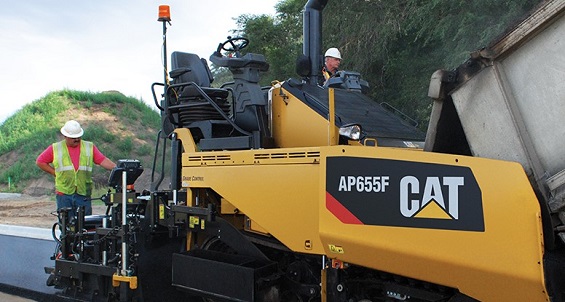 Tuesday, May 7, 2024
Tuesday, May 7, 2024  Tuesday, May 7, 2024
Tuesday, May 7, 2024 
Keeping infrastructure paving projects running smoothly involves a considerable amount of planning due to the complex logistics involved – working with an extremely temperature-sensitive material and getting everything just right the first time, despite environmental conditions, transportation considerations and the precision of the work involved. Which means contractors not only need to know how to operate incredibly specialized equipment, they also need the skills to deliver accurate and precise work under extreme time pressures, tight budgets and an ever-stricter regulatory environment.
Technology like equipment telematics, thermal mapping and process monitoring solutions are starting to shape the paving industry. This is helping improve the speed, accuracy, productivity and the quality of work, having a real-time effect on the entire paving process.
Telematics is re-shaping every aspect of paving operations. It is key to remote equipment utilization and health and is working to automate processes that were previously done manually. From back-office accounting to jobsite execution, data from telematics can be tracked in real-time, providing information to help optimize fleet performance and reduce costs.
With paving equipment constantly moving from site to site, clear communication between trucks transporting material, equipment operators and the back-office can be a challenge. Knowing where your equipment is makes it possible to dispatch the next machine at the right time, move equipment around between sites based on unpredictable variables such as weather and traffic and be more flexible in terms of operational needs. This can minimize delays, speed up paving production, and helps avoid the steep cost of downtime. Telematics can also help you access data on machine hours and location, plan for equipment repairs and scheduled maintenance, and order parts for just-in-time delivery. It can also be linked with apps and software programs and updates can be done remotely to ensure you always have access to the latest software.
The future of telematics holds even deeper insights on real-time machine health, productivity, and remote troubleshooting. Along with remote services, you can optimize performance and productivity of your fleet with the latest software updates.
Keep reading this blog on Finning.com